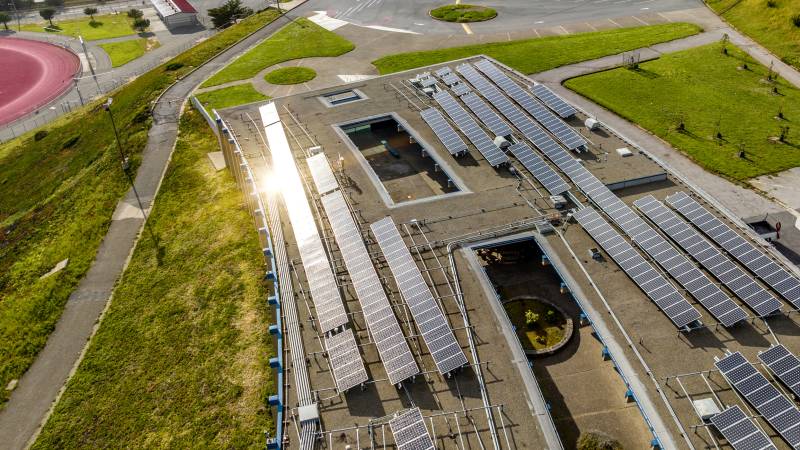Starting Valentine’s Day, a controversial new rate will take effect across California, reducing the cost savings of installing solar for customers with more than one electric meter, a category that includes many schools, apartment buildings and businesses.
New customers will be credited about 80% less for the energy they produce and sell back to the grid, according to solar advocates. Additionally, most non-residential customers with more than one meter will be charged for the electricity they consume at full retail price, even during the sunny hours when their equipment is generating power. Meanwhile, the solar energy they generate is sold back to their provider at a reduced rate.
Currently, the California Public Utilities Commission assumes that electricity generated by solar homes is used on-site and doesn’t require customers to be charged.
Solar advocates said that these changes will further drive down demand for solar, putting additional strain on an industry that has suffered since a similar policy went into effect for homeowners last April. These changes could also threaten the state’s efforts to meet its goal of 100% clean power by 2045, solar advocates said.
“California is sabotaging its clean energy goals with this decision,” said Bernadette Del Chiaro, executive director of the California Solar and Storage Association.
The CPUC, on the other hand, described the changes as an effort to “modernize” solar regulations. (The regulatory agency did not respond to questions sent by KQED and instead directed the publication to two press releases [PDFs].)



